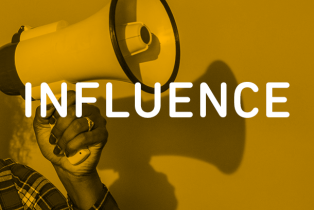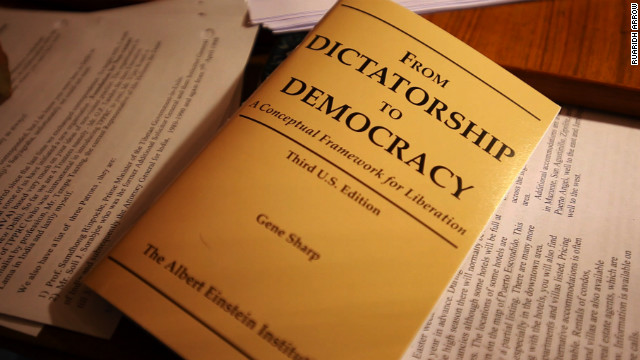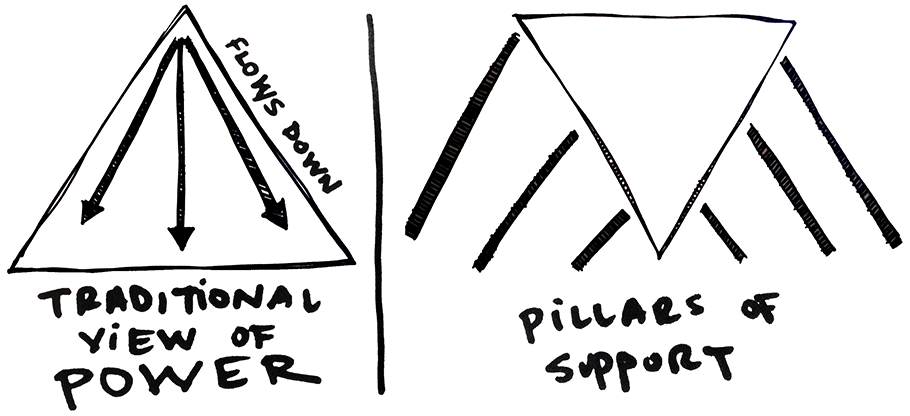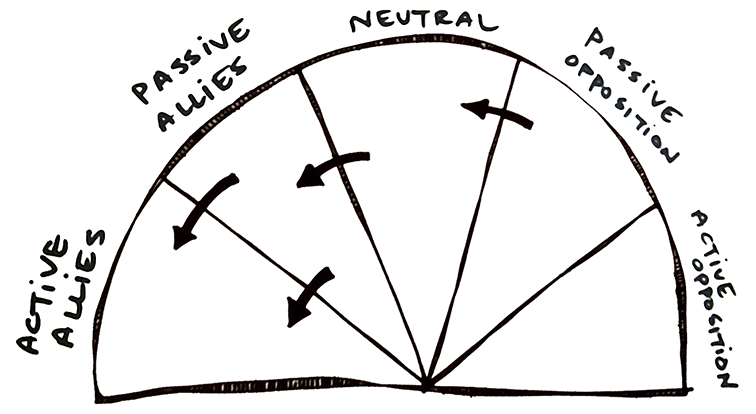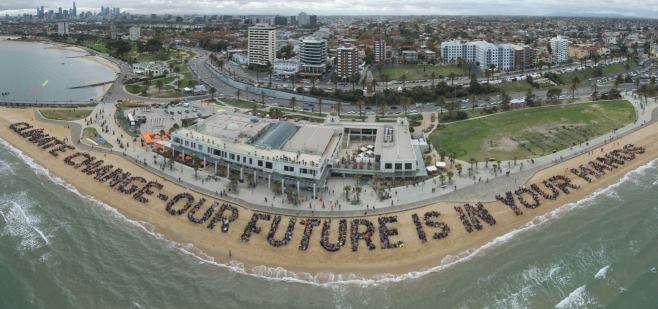In 2010, NCVO produced a useful resource asking what campaigning might look like in 2015, it’s worth a read as it accurately predicts some of the trends that we’re seeing today. I’m also a big fan of this resource from Mobilisation Lab looking at some of the trends that campaigners will face in 2018.
But what would happen if we looked way further ahead – to say 2040 – what might campaigning look like then?
I had the opportunity to spend some time with the School of International Futures (SoIF), using some of the tools and techniques they use to work with to ask what the future might be for campaigning.
One of the things I was most struck with from the session was the sense that you have to look at the margins for ideas of what might become the future, that the further reaches of literature, the arts and academia to get a glimpse at what might become a future reality.
SoIF took us through a range of exercises to get us thinking about what might be ahead in the future – here are 5 scenarios that I’ve sketched out from that conversation;
- Apptivism – we’ll see an end to campaigning informed by altruistic motives of standing up, and instead, campaign actions will be driven by more intrinsic motives – where we’ll get rewarded by companies or other groups for taking action. We already see the rise of the role of Uber, Airbnb and others who are turning their customers into activists – and with the vast amount of data they hold, presumably offering incentives, like free rides, for those who take action on their behalf. Beyond that, some have suggested that Blockchain could provide a tool to help to register participation in campaign events or activities, which could then be rewarded.
- Algorithmocracy – the power of computers will be able to crunch so much data that we’ll no longer need decisions to be made by a form of representative democracy, but instead from publically held data points – what you say on Facebook (or whatever has replaced Facebook) will define the decisions that are made. As author Eli Pariser writes in The Filter Bubble we could be looking at “a world constructed from the familiar is a world in which there’s nothing to learn, since there is invisible autopropaganda, indoctrinating us with our own ideas”. As the stories around the Cambridge Analytica have shown in the last few weeks there is a huge amount of power in who holds data and information so perhaps our future campaign targets will be companies like Facebook rather than Governments.
- Return to MySpace – a reaction against the influence of social media platforms like Twitter and Facebook means groups will head back to digital infrastructure that was previously considered obsolete is taken over again with individuals finding online tribes in different spaces – it’s a trend that’s already been observed by some as alt-right groups have taken over MySpace. but also in how more and more messenger apps like WhatsApp are being used to bring groups together.
- VR Organising – at the heart of organising approaches is about bringing people with a common interest together to build their power, but does the arrival of virtual reality mean that this will no longer have to happen in a physical location – instead you’ll be able to do it from the comfort of your front room but feel like you’re in the same room as others who you’re going to take action with.
- Gathering together – we’ll see a focus on in-person methods to bring people together, as people reject the role of technology and want deeper connection. Everyone has long suggested that death of offline approaches, but the success of big organising approaches in insurgent campaigns like Bernie Sanders suggest that people still have a thirst for coming together to secure change, and work by my friend Casper terKeile suggests that the thirst for a community to make meaning of the world is growing not decreasing.
But as I reflect more on these scenarios, I’m also struck that the fundamentals of campaigning probably won’t change – the role of campaigners will still be about building power and mobilising – so perhaps a more important conversation to have is what’s the future direction of power. Not just the visible power, but also who has invisible power and influence?


